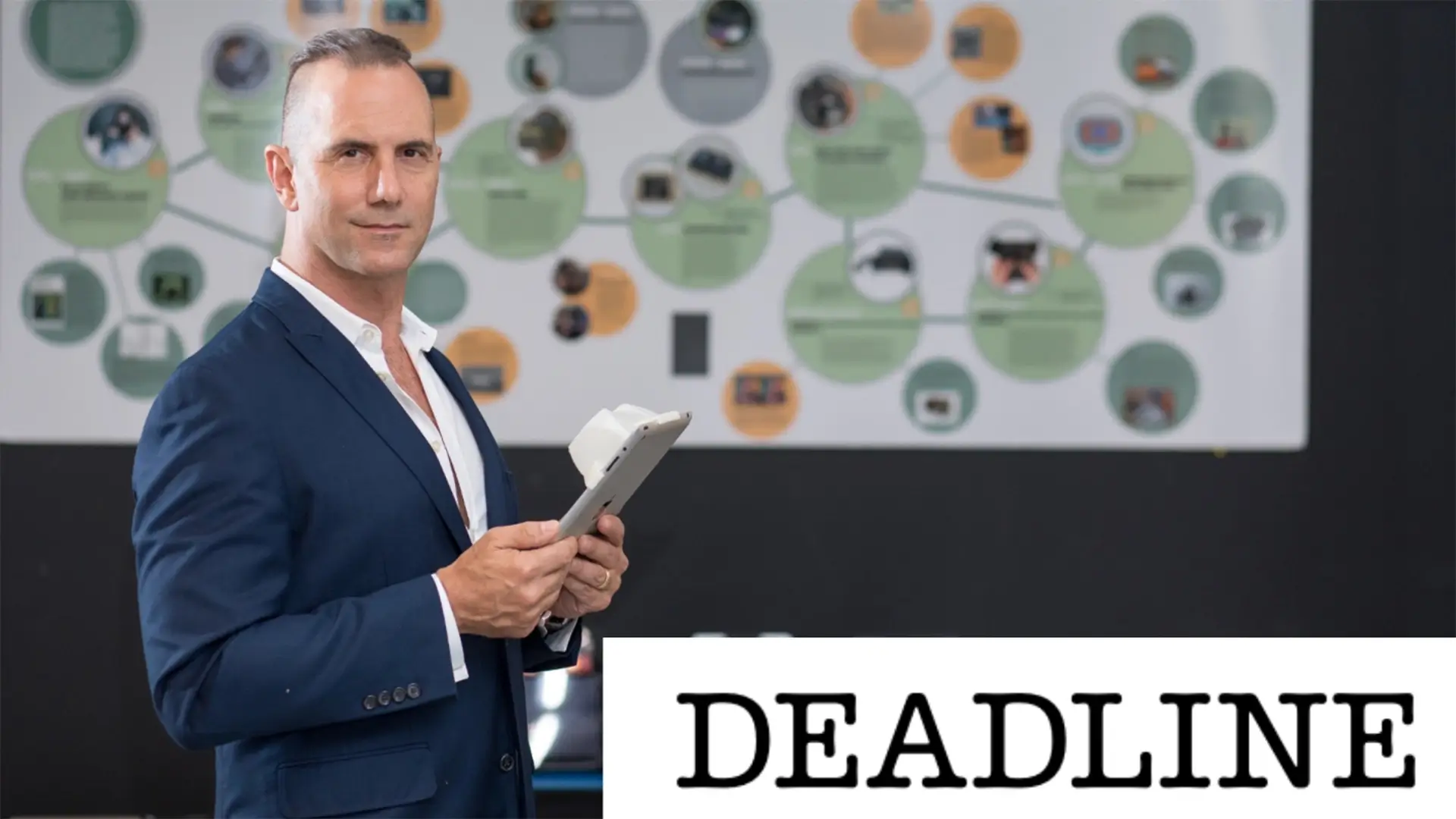David Nelson, director of USC ICT’s Mixed Reality Lab, was interviewed by Deadline’s Matt Grobar for the publication’s recent feature on OpenAI’s Sora 2 platform and its implications for creators and audiences, specifically on how the new video-generation tool is reshaping expectations around content authenticity.
In the interview, David Nelson reflected on the accelerating convergence of synthetic and human-produced media. The distinction between real and artificial imagery, he suggested, is rapidly becoming invisible to casual viewers.
“The uncanny is nearly gone,” Nelson said. “When you’re looking on your phone quickly, without discernment, it will be really hard to tell what’s real and what’s fake.”
Nelson leads the Mixed Reality Lab at USC’s Institute for Creative Technologies, which was established in 2008 to explore how virtual and augmented reality could enhance communication, learning, and operational performance. The lab’s early research contributed to the development of consumer VR systems including the Oculus Rift and informed the creation of platforms such as Google Cardboard.
Today, the lab’s work spans generative AI content creation, spatial data visualization, and immersive interfaces across sectors including education, entertainment, and defense. Nelson has consistently emphasized that technological capability alone is insufficient to these applications. Rather, he argues, storytelling remains the essential element that gives emerging tools their meaning—a principle that extends to how institutions navigate the challenges posed by increasingly convincing synthetic media.
The Deadline feature situates Nelson’s insights within a broader discussion of AI’s impact on creative industries and the authentication challenges it presents.
